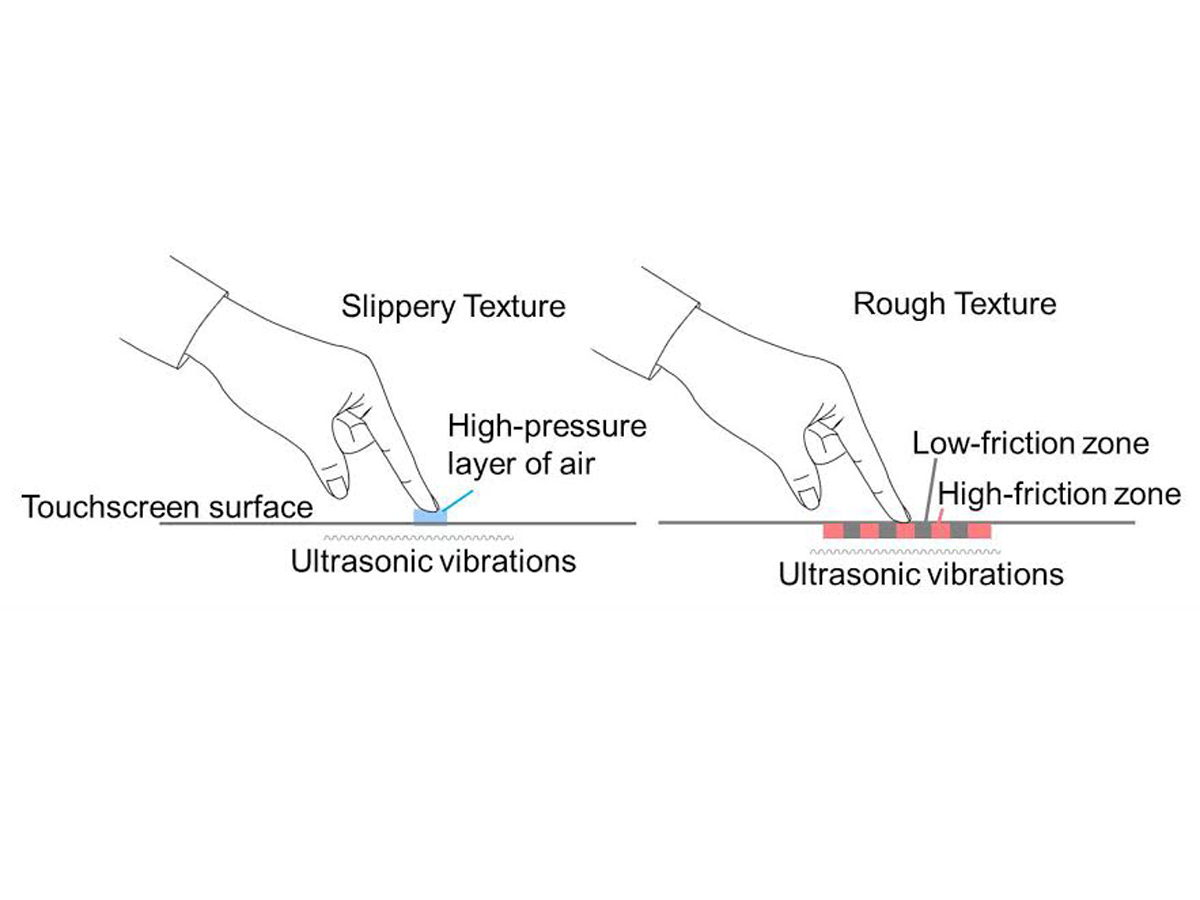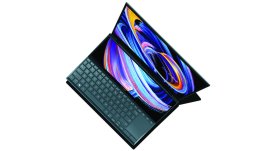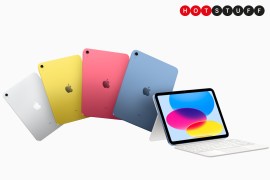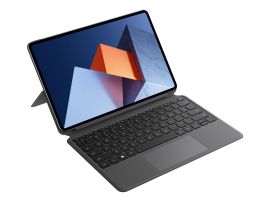Fujitsu Sensory Tablet will bring feelings to touchscreens by 2015
Ultrasonic haptic tech in tablets will let you, amongst other things, pluck the strings of a harp

Wow. I can’t wait for Harp Simulator 2015.
Don’t be such a cynic. Wait until you’ve stroked the back of an alligator or toyed seductively with the unpopped capsules of some bubble wrap. Then you’ll be interested.
I’m not sure I will. How is this possible?
Haptics – a technology for which the tide of enthusiasm ebbs and flows with the passing seasons, largely unnoticed by the populace except for the different buzzy vibrations their smartphone makes while they type. But that’s old haptics, this Fujitsu prototype – revealed at MWC – uses ultrasonics to make what you’re touching on screen seem slippy or grippy, bumpy or rough. The prototype’s examples were the back of the aforementioned ‘gator, a Japanese harp and a safe’s rotating combination dial.

Ultrasonics, eh? Will it misfire and reduce my fingers to atoms?
Not likely, as the mere process of tricking your fingers into ‘feeling’ harp strings or alligator scales uses a significant amount of energy – though Fujitsu says it has refined the technology to be workable in a smartphone or tablet.
So will I be able to feel the striations of the face of Bill Nighy in his latest vampire rom-com?
Sadly, no. The image that you’re viewing will need to contain the information that the tablet uses to recreate the surface and, as open as Hollywood is to integrating new technologies, we can’t see them pandering to the handful of Fujitsu feel-o-tablet users. Expect specific, commercial applications – in-store, museums, etc. And, of course, harp shops.
READ MORE: Mobile World Congress 2014 – the biggest MWC smartphone news so far



